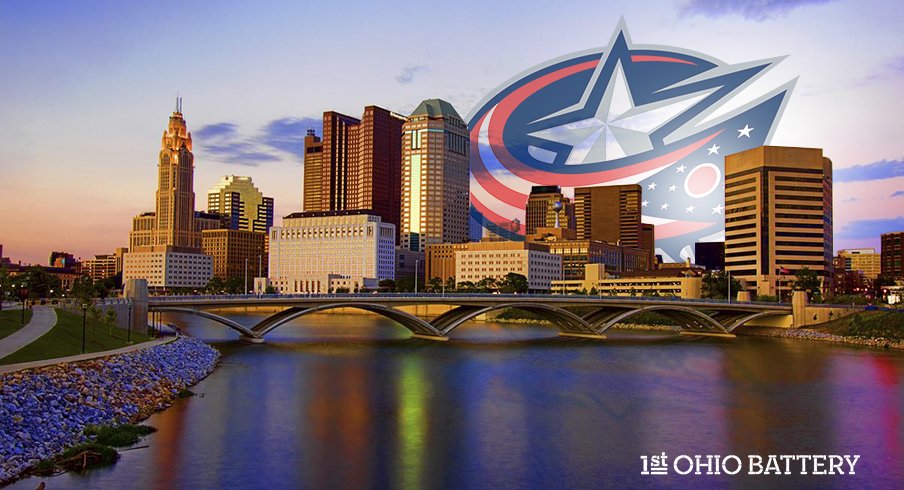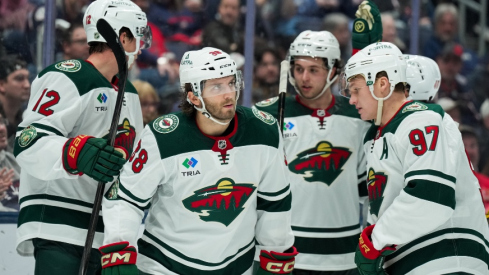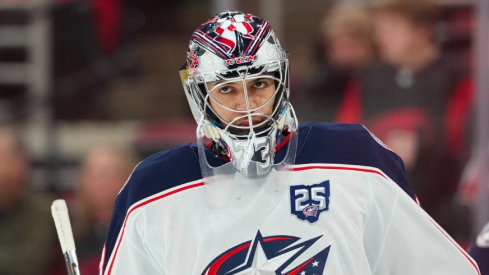What is Columbus, Ohio?
It’s the kind of question cities have to ask themselves all the time. The only thing constant in life is that everything changes, and good cities constantly have to be asking themselves honest questions about what they are, what they want to be and how to get there.
To me, for the last decade or so, Columbus has been the hottest city in Ohio. Cleveland (downtown, the Flats) and Cincinnati (historic Over-the-Rhine and a built up river district) have made major recent strides, but for consistency’s sake, the state capital has been the heart of "The Heart of it All."
The numbers back it up. The city’s metro area passed 2 million residents in 2015, putting Columbus on nearly even footing with Cleveland and Cincinnati, Ohio’s traditional lead cities. Last year, some studies even suggested the area could have 3 million residents by 2050.
This is not a recent trend. Census figures show that from 1990 to 2010, the Columbus metro area saw its population increase by more than 30 percent. Cincinnati’s metro area, meanwhile, grew around 15 percent while Cleveland’s actually dropped.
With an estimate of more than 850,000 residents within the city's borders in 2015, Columbus sits 15th in the nation and first in Ohio for population, and it’s the second biggest media market in the state and 32nd overall.
In other words, Columbus is a legit big city, one becoming bigger and more legit each day.
I say all this to bring up two major points.
First, much of this is possible because of the Columbus Blue Jackets.
Certainly, not all of it. There are plenty of factors in play. With a more modern economy than either of the port cities in northeast and southwest Ohio, Columbus has grown organically over the past 25 years.
But I don’t think you can overstate what the Jackets have done for the city and its image. A major league city has to have major league sports, and the Jackets were the city’s entry ticket into the top four sports leagues in North America.
I didn’t grow up in Columbus, but as someone who spent more than a decade living there, I read the recent book “Chill Factor” with interest. It all seems so obvious now that Columbus is a major league city, but two decades ago, there were many – everyday residents and power brokers alike – who didn’t have the vision to see what was to come.
The fight to build a downtown arena and bring a pro team to the area was arduous and nearly sank multiple times, dragged down by those who saw Columbus only as a cowtown or a Buckeye town. The eventual victory came largely thanks to a handful of visionaries, chief among them John H. McConnell and Nationwide Insurance.
The renaissance of Columbus’ self-image was also physical. Where a broken down penitentiary once sat, one of the nation’s premier athletic facilities grew. It’s not a stretch to link the downtown Arena District to almost every major development in the city’s heart over the past two decades, from the construction of Huntington Park to the explosion of living options to the steady progress of the Short North that reaches all the way to the Ohio State campus.
Simply put, the Arena District – and by proxy, the Blue Jackets – has been central to one of the great urban redevelopment success stories in the 21st century.
Which doubles back to my second point. Not only did the Blue Jackets help make Columbus a major league city, the Blue Jackets will likely remain the city’s only major league team.
With teams in both Cleveland and Cincinnati, neither Major League Baseball nor the National Football League are going to be awarding Columbus an expansion team anytime soon. The NBA isn’t falling over itself to come to the capital, either. (Yes, we love the Crew, but we’re sticking with the four traditional major sports here.)
This leaves Columbus as an underserved pro sports market. It’s no secret why the Cleveland Browns have repeatedly looked at the city to host its training camp. It’s also no secret why the Cleveland Indians linked up with the Columbus Clippers. There’s money and connections to be had.
Of course, Columbus will always be an Ohio State town, and it should be. The Buckeyes will always rule. But with the rapid growth in Columbus – and with many of those new residents coming from areas where pro sports is just as popular as OSU football – there’s room for a pro sports love.
Columbus has shown signs of directing that love to the Blue Jackets. Each of the previous playoff runs in franchise history was greeted by an outpouring of support. Playoff games in 2014, staged after Matt Calvert’s OT goal provided the first postseason win in franchise history, were events. TV ratings jumped this year, and frankly you could argue a lesser city would have bid adieu to the Blue Jackets long ago considering the franchise’s history of losing.
So what is Columbus, Ohio? Odds are, whatever answer you give in 2017 is somehow, some way related to the Blue Jackets.
And with another playoff run upon us, my bet is, more and more, the answer is Columbus is a Jackets town.
Follow 1st Ohio BatteryFacebook, Twitter, Instagram and YouTube



